

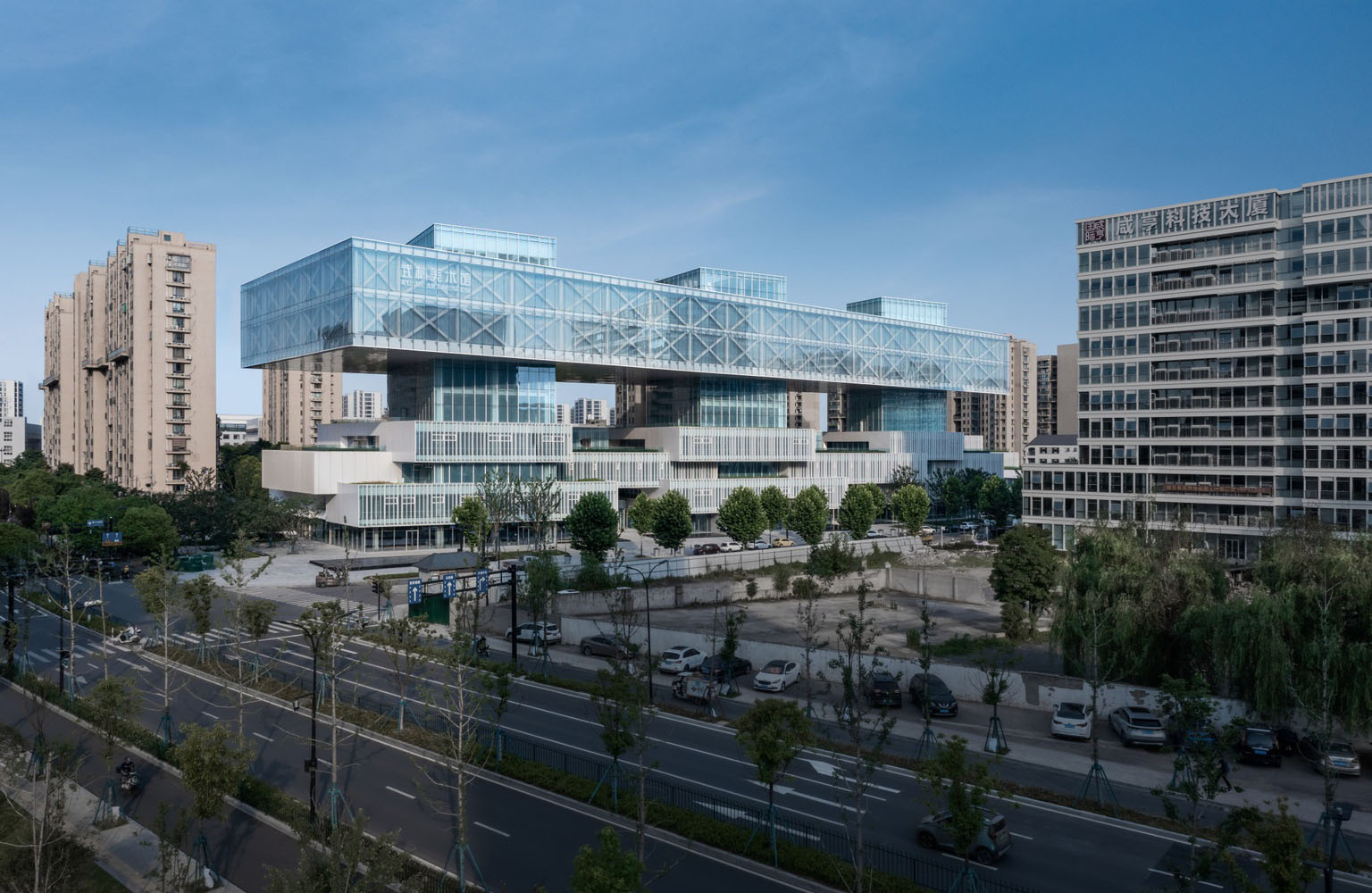








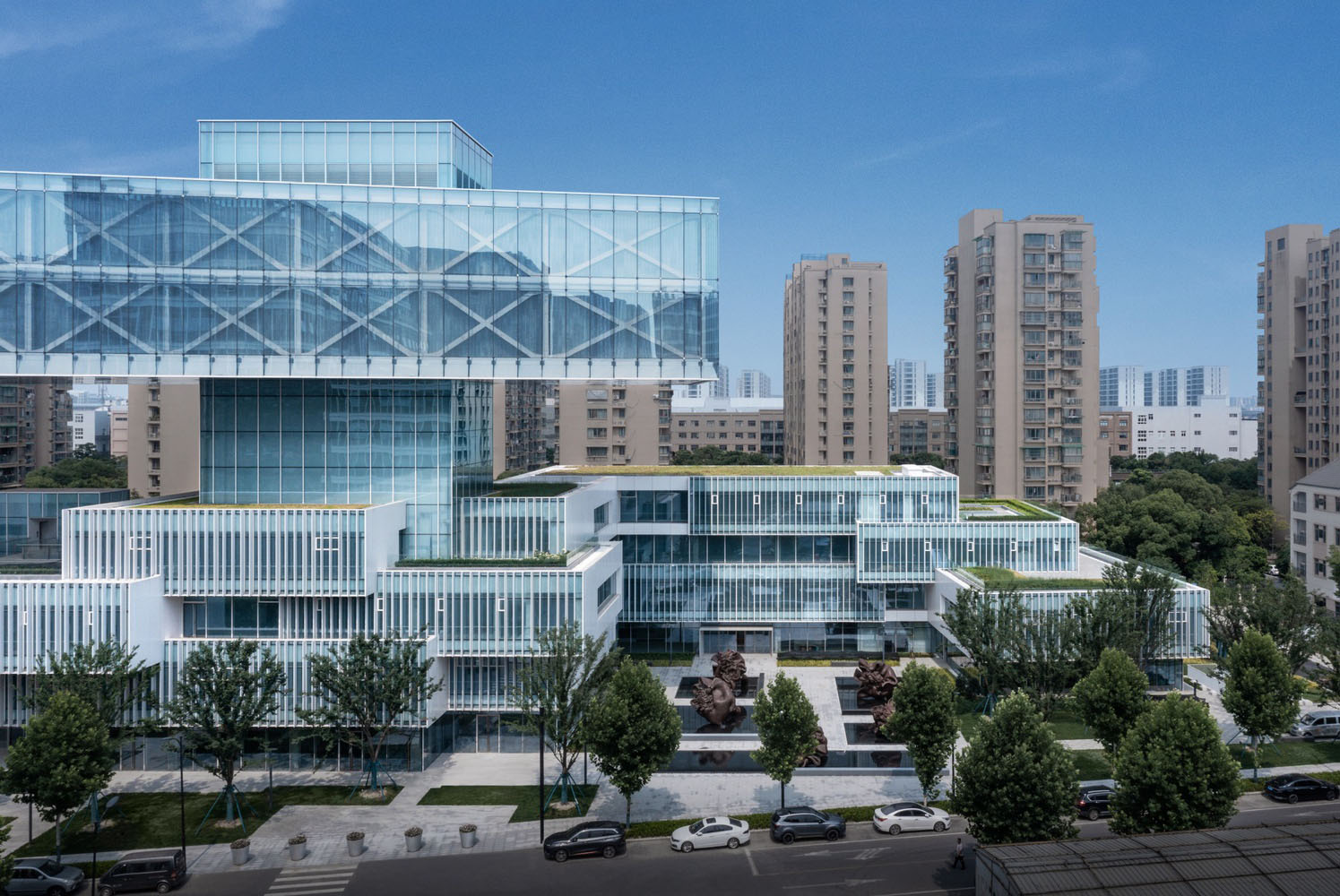

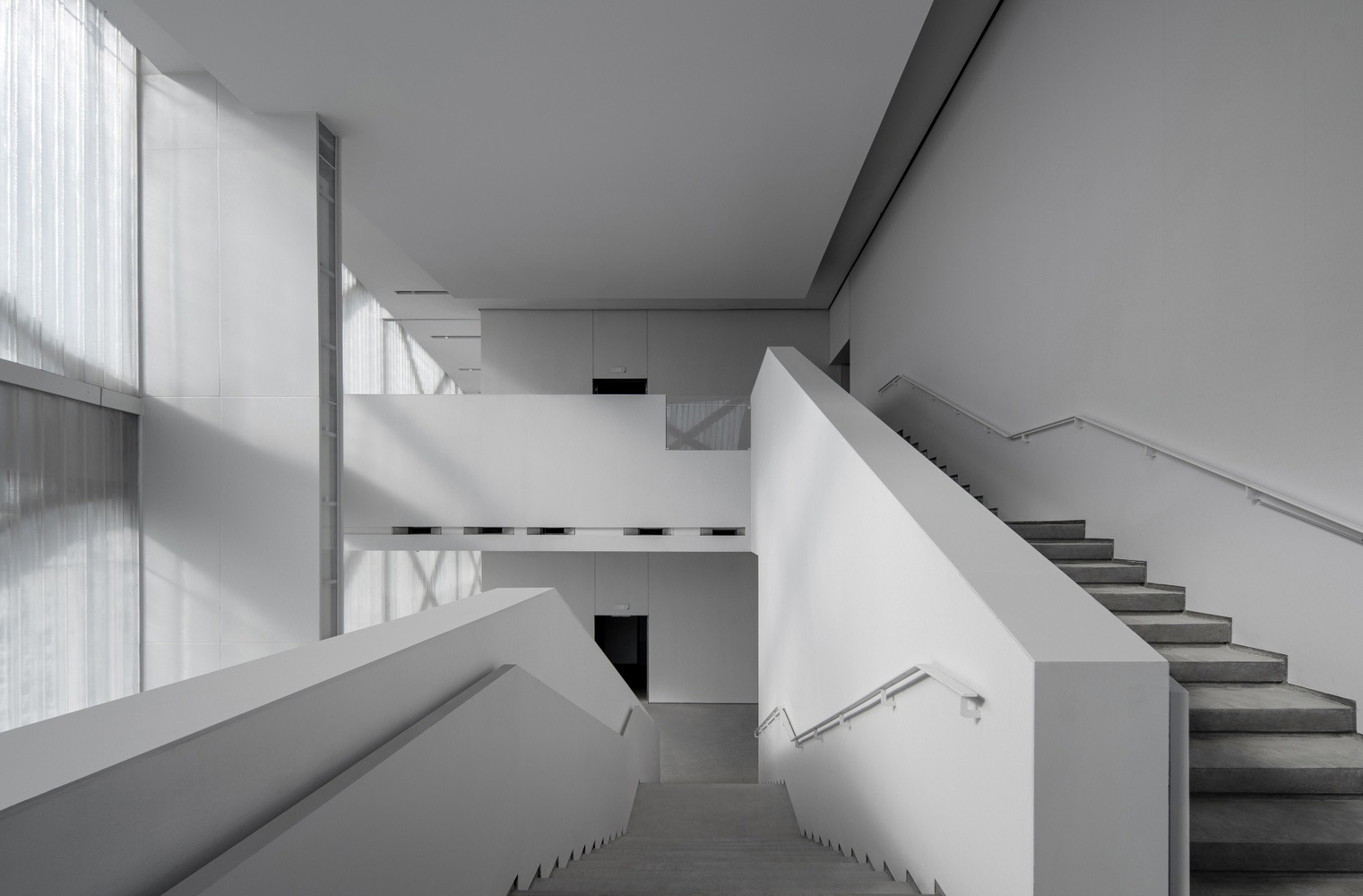



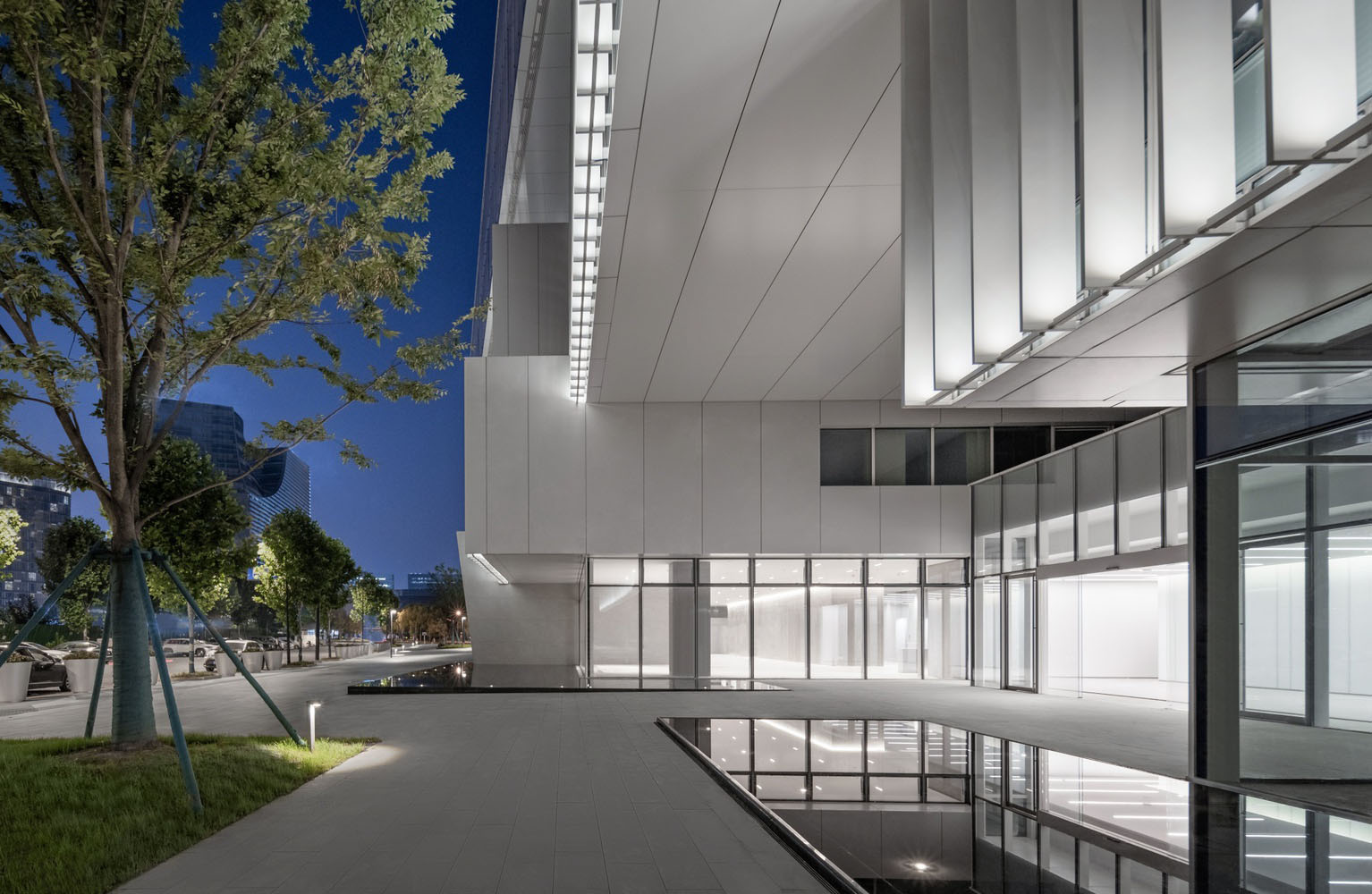




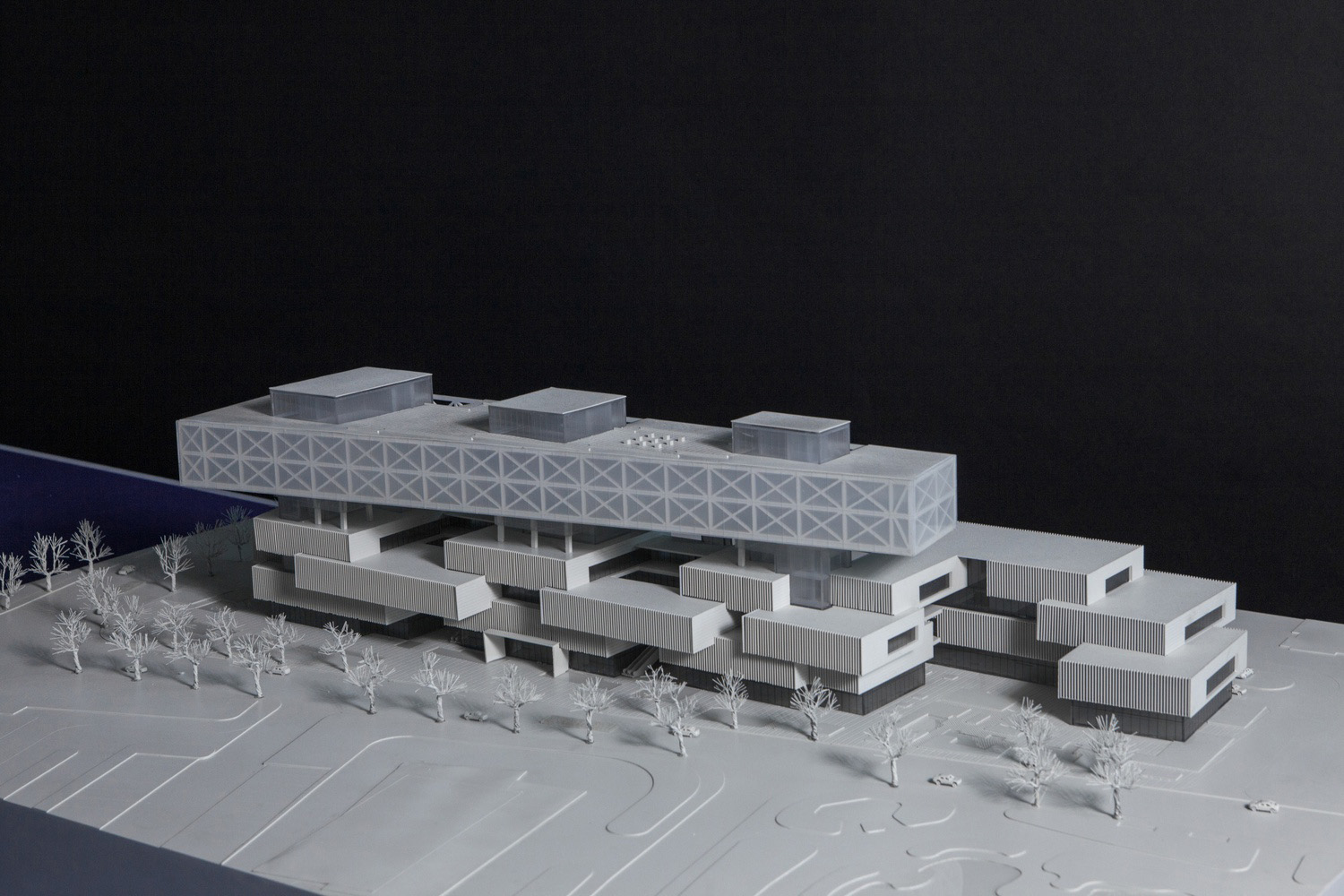
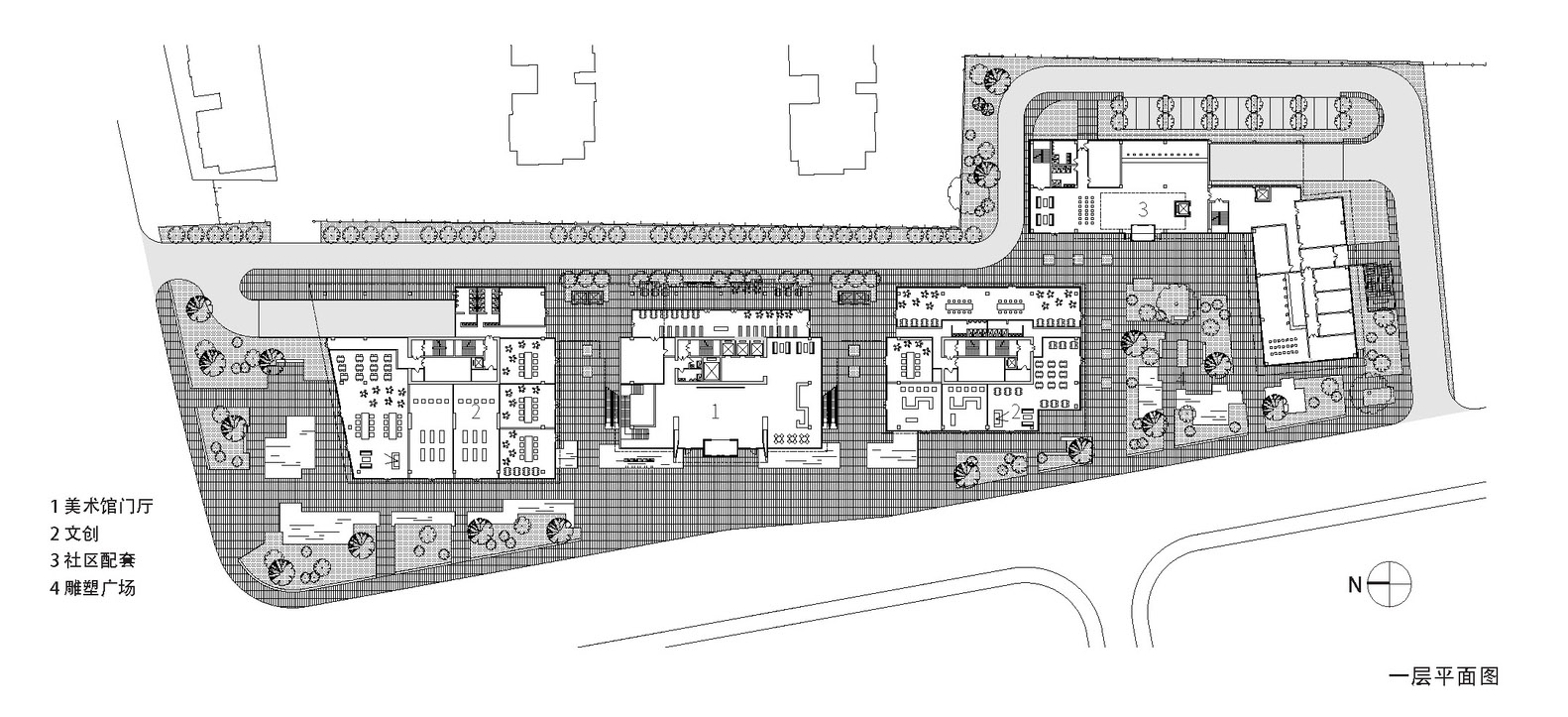


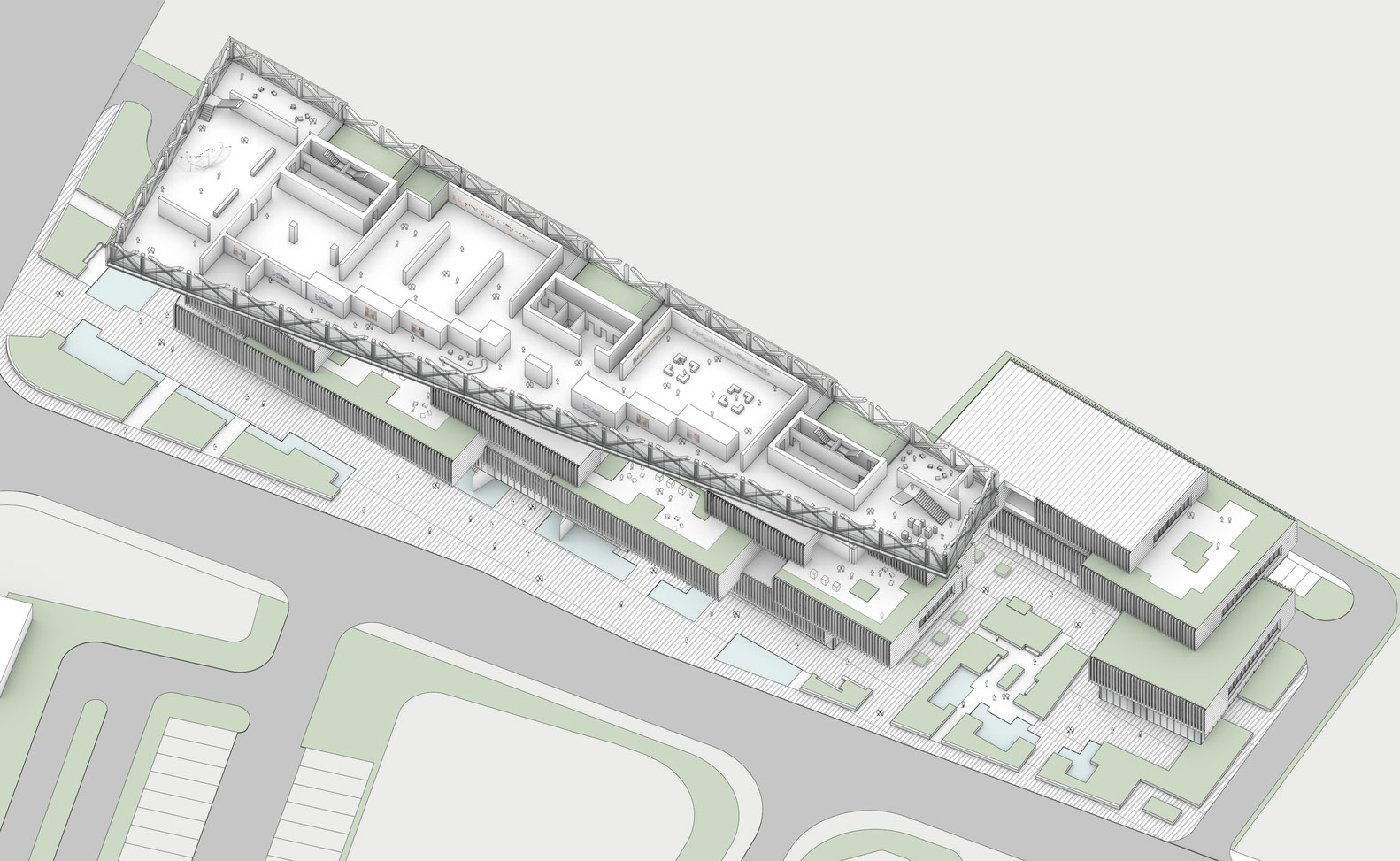




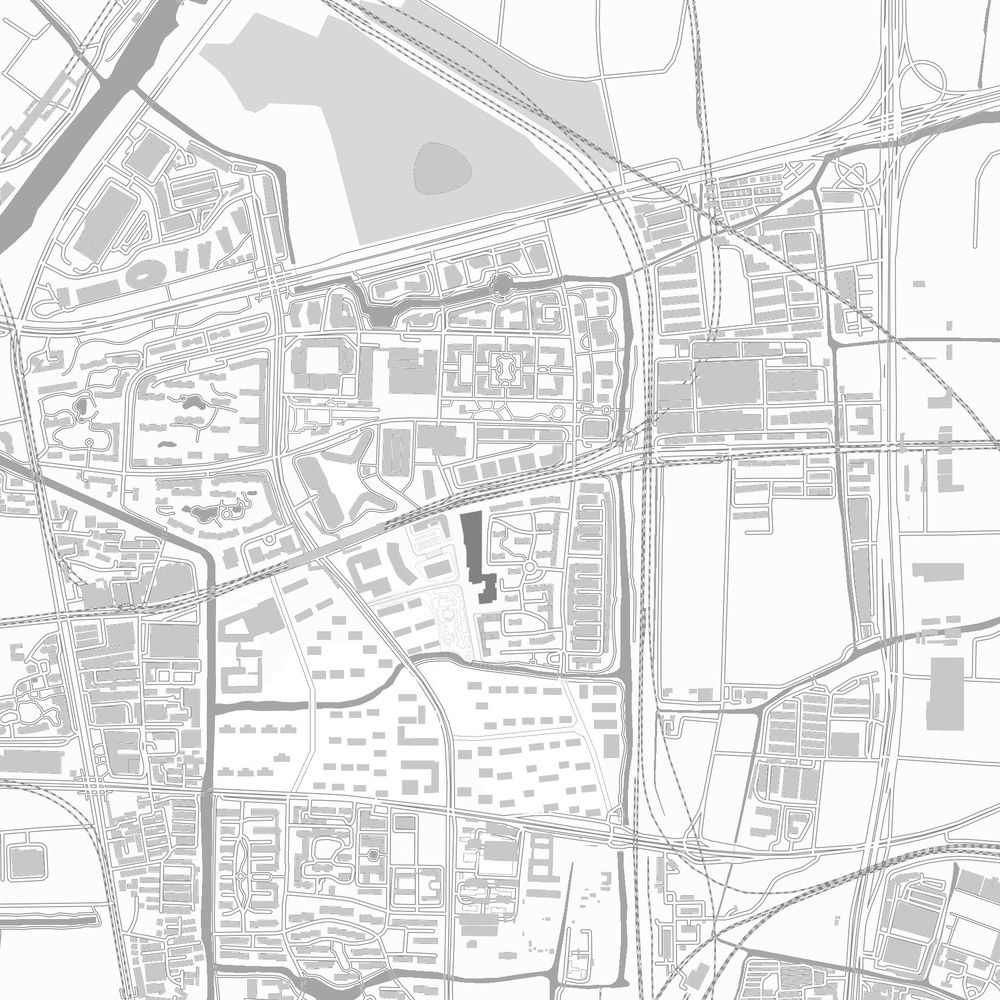




Project: Hangzhou Wulin Art Museum
Location: Hangzhou, China
Architects: CCTN Design
Area: 489,054 m²
Year: 2023
Photography: Pei Wen
Manufacturers: Xiang Jie
Lead Architects: Youfen Wang
Architectural Design: Youfen Wang, Difeng Zhu, Ming Sun, Bo Hu, Liguo Chen, Jiarong Li, Xiaoyi Luo, Shenglin Ji, Lihua Jiang, Ziyu Song, Kai Yue, Jingman Wang
HVAC Design: Peifeng He, Jun Pan, Ruibing Wang
Electrical Design: Pengzhan Li, Xiao Wang, Hua Yang
Water Supply And Drainage Design: Danqun Shen, Yingchun Yang, Diange Ji, Dan Lu
Structural Design: Xuchen Yang, Wei Zhu, Xinying Zhang, Hanjie Ding, Yan Lv, Youqing Zhao
Curtain Wall Design: Hanjia Curtain Wall
Landscape Design: TOPOS Landscape Architecture
Interior Design: Hangzhou Dianshang Architectural Decoration Design Co., Ltd.
Lighting Design: Shanghai Maisho Lighting Design Consulting Co., Ltd.
Signage Design: Beijing Feirui
Clients: Gongshu Urban Construction Group Co., Ltd., Hangzhou, Zhejiang Zhejiang Kuamao Town Construction Investment Development Co., Ltd.
This is a cultural complex integrating art exhibitions and cultural industries. The project is located in the southern part of Xintiandi Complex in Gongshu District, Hangzhou City. The surrounding buildings are relatively dense, mainly consisting of offices, commercial establishments, and residences, with diverse functions. In such a site closely linked to urban life, the design aims to establish a friendly dialogue and interactive relationship between the new building and the surrounding environment, thereby creating an art museum brimming with urban vitality.
Layout Inspired by the Environment
The site is irregularly elongated, with a width of about 60 meters from east to west and a length of about 240 meters from north to south. High-rise office buildings flank its west and north sides, while a kindergarten occupies the south end. The southwest corner is designated as a city park. Considering this, the design proposes positioning the main bulk of the building towards the northern side to create spatial coherence with the surrounding clusters of high-rise buildings. Simultaneously, the building height is reduced towards the south to diminish its volume. Combined with an open courtyard layout along the street and the functions of a community service center, a street-side daily activity space is created with a pleasant scale, fostering good interaction with the kindergarten at the south end and the adjacent city park.
Publicness and Everydayness
The art space of the art museum, occupying one-third of the total building area, is the most important component of the architecture and the most attractive space. However, due to factors such as exhibition frequency, opening hours, and exhibition layout, the utilization frequency of the art space is relatively low, leading to weaker interaction with the daily life of the city. Conversely, the cultural industry space and community services occupying two-thirds of the building area are closely related to daily commuting, services, and interactions, resulting in a relatively higher frequency of interaction with urban daily life and stronger interaction.
Based on this, we position the art space in the high zone of the building, suspended above the city and relatively independent. Visitors can access the exhibition space in the high zone conveniently through the ground-level entrance hall and vertical elevators. This layout not only caters to the behavior characteristics of visitors with a strong purpose, but also highlights the core function of the art museum. Cultural industries and community services, which interact more frequently with the city, are located in the low zone of the building, closer to the street, and incorporate some commercial spaces on the ground level. These spaces are organized freely and flexibly to adapt to various changes in the future. Between the high and low zones, there are sky gardens connecting the two areas, equipped with supporting facilities such as cultural and creative spaces and restaurants, facilitating interactions among users. Additionally, this area is freely accessible to the public via a separate elevator hall at the south end, bringing more possibilities to stimulate the urban vitality of the art museum.
Environmentally Friendly
Creating a pleasant and friendly environment, whether facing urban streets or residential areas, is an important aspect of the design. The building is situated close to the main city streets, with well-organized interfaces and a pleasant scale. In conjunction with the street environment, the design incorporates pleasant pedestrian walkways along the west side, integrating small-scale street corner parks at both ends with the urban street corners, community activities, and kindergarten drop-off points, providing spaces for people to linger and interact. Additionally, by breaking down the large-scale volume of the building, the design utilizes small-scale blocks with alternating solid and void spaces, as well as open sky gardens, to integrate with the streets and residential areas. While the sky gardens provide spaces for social interaction, their transparent and open design effectively reduces the sense of oppression from the main body of the art museum on the eastern residential areas, bringing a refreshing, green, and airy atmosphere to the adjacent residential areas and streets.
Green and Energy Efficient
Due to site constraints, the building is oriented in an east-west direction. Therefore, while meeting the requirements for indoor lighting conditions, energy efficiency needs for west-facing sun exposure are also considered. The design employs the following strategies in conjunction with vertical zoning of the building: For the lower zone, staggered cantilevered small-scale blocks are utilized. These not only cast shadows that provide effective sun shading but also feature vertical grilles and glazed low-emissivity (low-e) glass exteriors, effectively blocking direct sunlight. The exhibition spaces in the higher zone feature double-layer breathing curtain walls. The outer layer consists of glazed low-e glass while the inner layer uses U-shaped glass. Between the two layers, there is a 1200mm-wide ventilation cavity. Hot air within the cavity is expelled through top ventilation grilles, dissipating a significant amount of heat. Even during hot summers, the temperature on the inner surface of the U-shaped glass remains much lower than the outdoor temperature, effectively reducing the load on air conditioning. Additionally, the layered green roofs contribute significantly to the building's energy efficiency and aid in sponge city initiatives, providing effective thermal insulation and mitigating urban heat island effects.
Presenting the Landscape
The unique spatial structure of the art museum clearly and distinctly expresses the interrelationship between the different functional spaces of the building and the city, presenting a corresponding portrayal of serene tranquility in the upper parts, vibrant activity in the lower parts, and friendly openness in the middle. These spaces intertwine with diverse crowds and activities in the city, showcasing a rich and varied human landscape in everyday public life.
Source: CCTN Design
m i l i m e t d e s i g n – w h e r e t h e c o n v e r g e n c e o f u n i q u e c r e a t i v e s
































